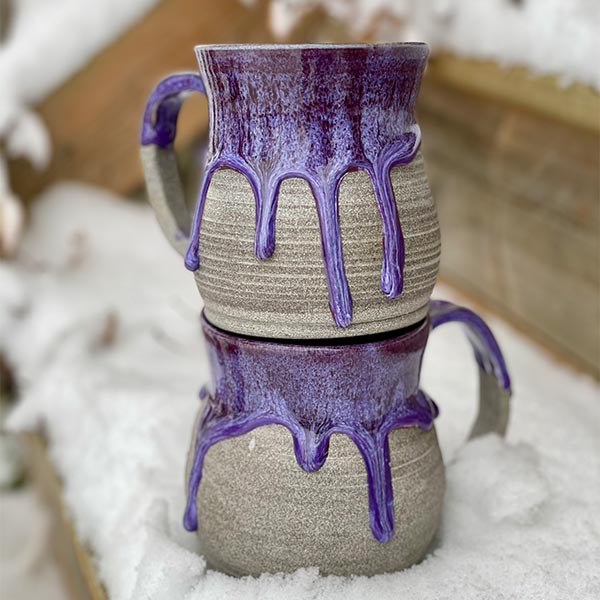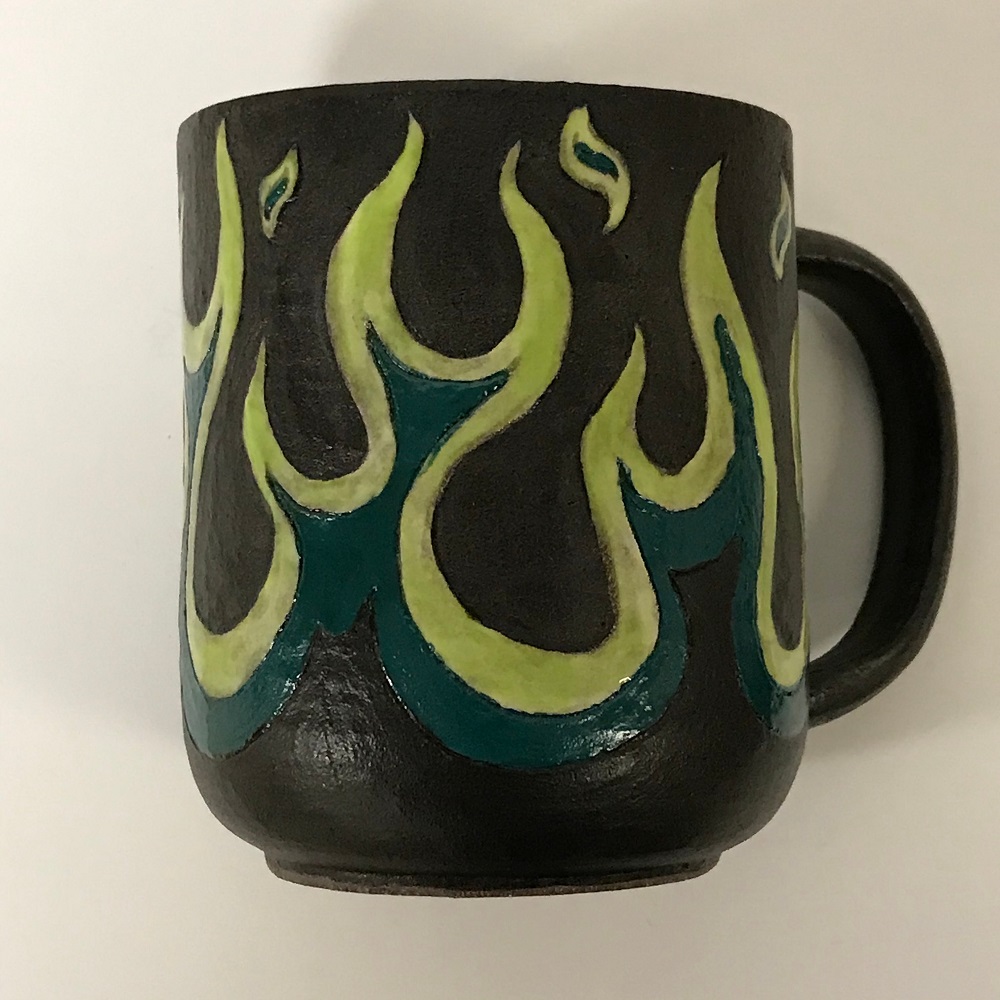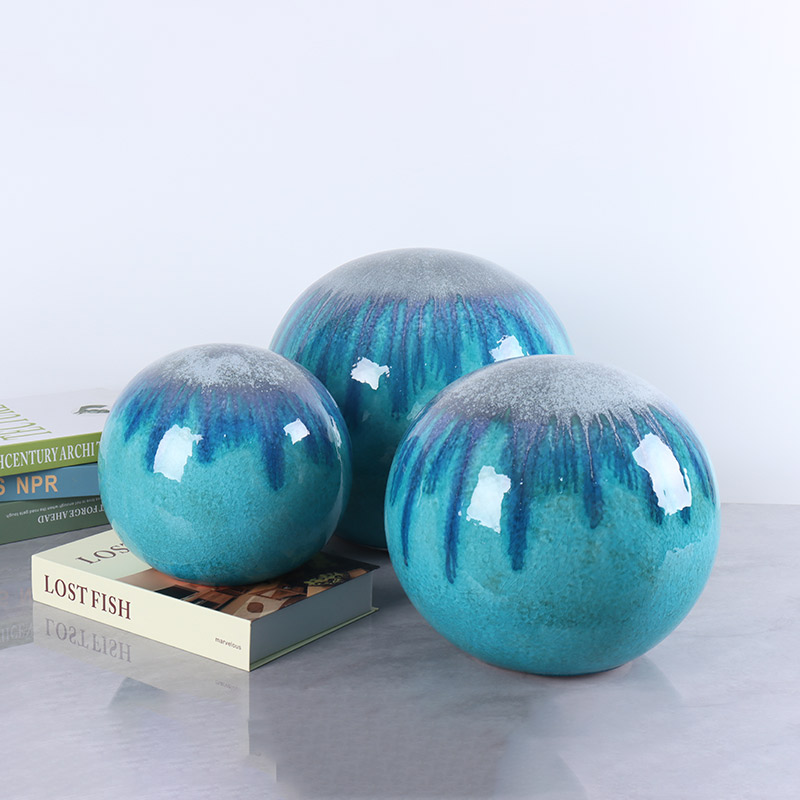Ceramic glazing is a magical process that transforms plain clay into vibrant works of art. Whether you’re a beginner or an experienced potter, understanding the different types of glazes can significantly enhance your pottery projects. Not only do glazes add color and texture, but they also provide functionality and durability to ceramic pieces. In this guide, we will explore the various finishes and effects possible with glaze ceramics, helping you gain a deeper appreciation for this essential aspect of pottery.
Understanding the Basics of Glazing
What is Glaze?
At its core, glaze is a glass-like coating applied to ceramics. It not only decorates the surface but also seals porous clay bodies, making them safe to use for food and drink. The glazing process involves applying a mixture of silica, fluxes, and coloring agents to the surface of pottery before firing it in a kiln.
During the firing process, the glaze components melt and fuse to create a smooth, glossy coating. This transformation turns dull clay into eye-catching pottery. Understanding the ingredients and properties of glaze is critical for achieving the desired outcomes in your work.
Types of Glazes
Glazes can be classified into three main categories: glossy, matte, and satin. Glossy glazes have a shiny, reflective surface that enhances color vibrancy. Matte glazes offer a more muted finish, providing softness to the appearance of pottery. Satin glazes fall between glossy and matte, presenting a slight sheen without being overly reflective.
Within these categories, numerous variations exist based on formulation and firing temperature. Each type of glaze creates unique visual effects and functionality in finished pieces. Knowing the difference is essential when selecting the right glaze for your project.

Techniques for Applying Glazes
Dipping
Dipping is a popular glazing technique where the piece is submerged in a bucket of glaze. This method provides even coverage and is relatively quick, making it suitable for larger pieces. Dipping allows potters to control the thickness of the glaze layer by adjusting the duration of the dip.
However, careful attention is needed to avoid drips or pooling of glaze. After dipping, excess glaze should be removed from the foot of the piece to prevent it from sticking to the kiln shelf during firing. This technique is ideal for functional ware, ensuring a smooth finish that is both beautiful and practical.
Pouring and Brushing
Pouring is another effective method, where glaze is poured over the pottery piece. This technique allows for creative designs, as potters can control where the glaze flows. Pouring can create interesting patterns and textures, offering a personal touch to each piece.
Similarly, brushing is a more hands-on approach that allows for detailed designs. Using a paintbrush, potters can apply glaze to specific areas, creating intricate patterns or layering different colors. This method takes time and can be more labor-intensive but yields delightful results, especially for decorative pieces.
Specialty Glazes and Their Effects
Celadon Glazes
Celadon glazes have their roots in ancient Chinese pottery and are characterized by their translucent green hues. These glazes are usually applied over stoneware and are known for producing a glossy finish that enhances the clay’s texture.
The depth of color in celadon glazes can vary based on thickness and firing conditions. Lighter applications produce soft greens, while heavier applications often lead to darker, more intense colors. This versatility makes celadon a popular choice among potters seeking to create elegant and timeless pieces.
Raku Glazes
Raku glazing is a unique technique that originated in Japan and is known for its unpredictability and rich effects. During the firing process, pottery is removed from the kiln while it’s still glowing hot. The pieces are then placed in combustible materials like sawdust or paper, which ignites and produces distinctive surface effects.
Raku glazes often exhibit vibrant metallic finishes and crackle patterns, creating one-of-a-kind pieces. Each raku firing can yield vastly different results, making this technique a favorite for artists who enjoy experimentation and surprise. Keep in mind that raku-fired pieces are often not food-safe due to the nature of the process.

Creating Texture with Glazes
Textured Surfaces
Glazes can also be used to create various textures on ceramic surfaces. Certain glazes contain additives that produce textured finishes, such as bumps or ridges, upon firing. These textured surfaces can add depth and visual interest to pottery, transforming simple forms into more dynamic pieces.
For instance, adding sand or small particles to a glaze can create a gritty texture. This can be particularly appealing for sculptural items or decorative tiles. Experimenting with textures can elevate your work and make your pottery stand out.
Layering Glazes
Layering different glazes can result in striking visual effects. By applying multiple coats of various colored glazes, potters can achieve unique combinations and gradients. When layering, it is essential to use compatible glazes, as some may react negatively with specific underlayers during firing.
For example, a base coat of white glaze followed by a transparent colored glaze can produce lovely, soft effects. Alternatively, applying a darker glaze first and then a lighter one on top can create remarkable contrast. Layering requires careful planning but can yield stunning final results that showcase your creativity.
Firing Techniques and Their Impact
Cone Series in Firing
Ceramic glazes are often fired to different temperature ranges, typically categorized by cone numbers. Each cone number corresponds to a specific temperature in the kiln. Low-fire glazes (Cone 06-04) tend to produce brighter colors and are often used for earthenware. Mid-range glazes (Cone 5-6) are suitable for stoneware and yield more subdued colors with richer textures. High-fire glazes (Cone 8-12) can create complex, muted tones and beautiful, glass-like surfaces.
Understanding which cone number your glaze requires is crucial to achieving the desired effect. Improper firing temperatures can lead to disastrous consequences, such as glaze defects, running, or incomplete melting.
Reduction and Oxidation Firing
Firing atmospheres also affect glaze outcomes, and there are two primary firing atmospheres: reduction and oxidation. In oxidation firing, oxygen is abundant during the firing process. This is the most common method and is ideal for achieving bright colors and consistent results.
In contrast, reduction firing occurs when oxygen is limited. This process is often used in high-fire ceramics and can yield rich, earthy tones and unique surface effects. Understanding how your chosen firing atmosphere can influence glaze colors and textures is essential for potters looking to achieve their desired outcomes.

Safety Considerations in Glazing
Choosing Non-Toxic Glazes
When working with glazes, safety should be a top priority. Many commercial glazes are non-toxic, but it is essential to read labels carefully. Some glazes may contain harmful chemicals, especially when discussing colorants and additives.
For food-safe glazes, ensure that the glazes are specially labeled and tested for safety. It’s also advisable to avoid using glazes with lead or cadmium, as these materials can pose serious health risks. Potters should always prioritize glazes that are safe for contact with food items.
Protective Equipment
In addition to choosing non-toxic glazes, potters should also use appropriate personal protective equipment (PPE). Wearing gloves, masks, and safety goggles can prevent potential harm while mixing and applying glazes. Proper ventilation is crucial, particularly when handling powdered glaze particles, which can become airborne and pose inhalation risks.
Being mindful of safety will help foster a healthy and enjoyable pottery experience. By adhering to safety guidelines, you can focus on your creativity without worrying about potential hazards.
Embracing the Art of Glazing
In conclusion, glaze ceramics is a fascinating and versatile aspect of pottery that allows artists to express their creativity. Understanding the different types of glazes, their effects, and the techniques available is crucial for any potter looking to enhance their work. From glossy celadon finishes to rich raku effects, the possibilities are endless.
Whether you’re just starting your pottery journey or are an experienced artist exploring advanced glazing techniques, this guide serves as a foundation for understanding glazes better. Keep experimenting with various finishes and effects, and embrace the many creative avenues that glazing can offer.
As you explore the vibrant world of glaze ceramics, let your imagination guide you. With patience, practice, and a willingness to learn, you will master the art of glazing and create beautiful pieces of pottery that reflect your style and skills. Enjoy the process of creating, and happy glazing!